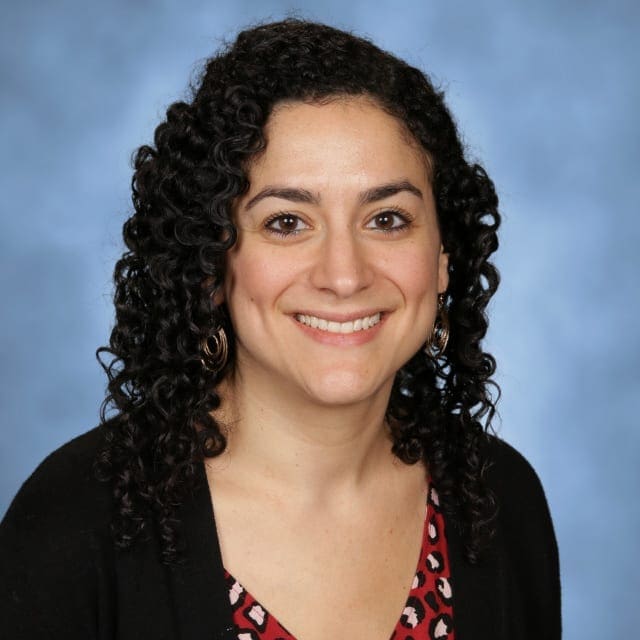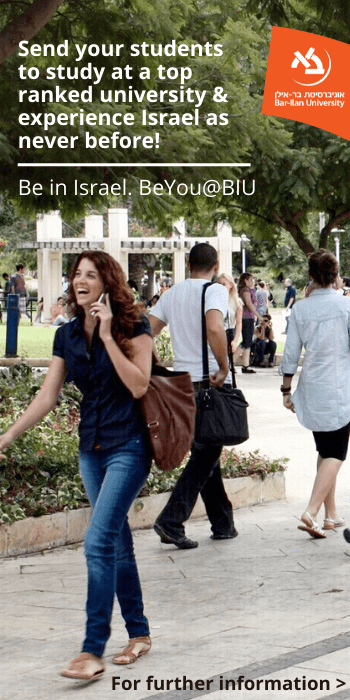Unlike subjects in the natural sciences, Judaic Studies courses risk being pigeonholed and labeled as “feel good” classes. In the early years of my teaching career, I stood alongside a high-school parent at conferences who joyfully remarked, “My daughter loves your class. She thinks it’s really cool how everything is always right because it’s all your opinion.” While I outwardly half-smiled at the words, deep shame overcame my being as I wondered what missteps I had taken in my text-based course that led my student to believe that every answer was correct? As a novice teacher, I began refining my practice. Through the sandbox of my own classroom, I learned that students need to feel the satisfaction of skill acquisition and, at times, the burning frustrations of failure. These challenges build academic and lifelong perseverance while adding depth to a student’s emotional growth in a given course. Through this all, I have come to deeply believe that in order to foster both lifelong grit and our students’ emotional well-being, the world of Judaic Studies curriculum must readjust its lens back onto skills.
Academic resilience comes from a student’s ability to overcome challenges in order to reach a given learning target. For a teacher, this demands clear skill-based goals, high student expectations, and regular feedback with the opportunity to demonstrate improvement. At the start of my career, I taught a biblical grammar course whose goal was to enable students to become independent readers of the Tanakh – arguing and defending the text’s most accurate interpretation. Each year around my syllabification lesson, I inevitably had a handful of students break down in tears. They would complain that the task was insurmountable and that a Judaic Studies class should not be so hard. Despite their grievances, the benchmark remained clear: the acquisition of a particular skill. In class, I likened our work to their favorite iPad application, “Doodle Jump” – a game in which the player jumps, then fails, and forces themself to jump again. To help guide my students, I provided them with an endless bank of worksheets, instructional videos for home, and tricks for memorization. They would jump – and fail. Sometimes the failure would persist for days. Inevitably, my students would take one final jump and overcome the challenge. For many in our class, the reward of gaining each new grammar skill shifted from being purely external, marked by a letter grade on a computer, to something much more profound – a celebration of pride from within. I knew that I was witnessing the growth of a skillset that transcended my subject matter and was something they could carry with them throughout their lives .
Every Judaic Studies teacher recognizes that we are accountable to a higher calling: the ultimate goal of our career is to nourish our students’ neshamot, their souls. This means that, at times, the content is equally, if not more, important than skill. I could endlessly instruct my students on the ways to navigate a Talmudic sugya, but if they never stopped to consider how the content shapes their being as both a Jew and as a human, the learning would feel hollow. In more recent years, I had begun to prioritize this deeper objective in my classroom, where my course load increasingly consisted of content-heavy Judaic learning with light skills. I observed that in our “Just Google It” world, these courses once again trod dangerously close to being labeled as feel-good classes. I now faced a more sophisticated version of my original challenge: how can a teacher imbue a course with skill-based rigor when the course does not aim to teach countless Judaic skills?
Author update on Covid-19
My colleague, master-teacher Leah Gawel, helped resolve this challenge for me. As a veteran high school English teacher who transitioned into teaching Judaic studies, Leah was the first teacher I knew who simultaneously taught in both Judaic and General Studies. She embodied integration in its most natural form. Through her practice, I learned that I needed to broaden my perception of the term ”skills” and to be open to the ways my classroom could both support and provide universal skills, historically taught exclusively in General Studies. Upon study and reflection, I was amazed to discover how limited the field of Judaic Studies began to feel, especially as a teacher of text.
Back in my classroom, this understanding helped me realign my philosophy in my values-based eighth-grade course. In our Project Based Learning unit on the value of Klal Yisrael, I identified universal skill-based learning goals from both Judaic and General Studies. My students were required to write a spoken word poem which communicated their relationship with the greater Klal Yisrael through the use of a biblical allusion. The intertwining skill sets created a new type of academic rigor. I began collaborating regularly with my English Department colleagues to align my instructional language and rubrics, and I learned to gain expertise in a topic once beyond my comfort zone. In class, the students and I methodically analyzed the literary device of allusion within a variety of contexts, ranging from Yehuda Amichai’s poetry to YouTube videos with sensational spoken word poems. Throughout this process, I maintained high academic expectations and offered a wealth of student feedback with countless opportunities to demonstrate improvement. For the first time in a content-oriented course, I saw tears again. These were not only tears of frustration; these were tears of passion, representing the combination of hard effort, the desire to achieve a goal, and a genuine connection from within.
Despite my classroom successes teaching skills, I have continued to encounter a false dichotomy that seems pervasive in the world of Jewish education, most often within community constituents outside the Judaic Studies department. There exists an inaccurate belief that when balancing the values of skills and emotional growth, we need to pursue one over the other. From my vantage point, it seems so obvious that skills cultivate the most meaning in our students. To combat this inaccuracy and to share my vision with the greater community, I have recently begun developing the Tanakh Sadna (workshop). The Sadna is a counter-cultural skill-based Tanakh curriculum that draws upon the best practices from General Studies reading programs as a means to impart uniquely Judaic skills. The Sadna is also crafted to empower teachers to address the highest calling of Jewish education – shaping young neshamot, souls.
I both encourage and challenge the educational readers of this article to recall the most meaningful units of study they have experienced in the classroom and reflect on the role of skills in that learning. This process is worthwhile and necessary to ensure that Judaic Studies maintains its place as the core of a day school education.

Amira Soleimani
Amira Soleimani is the Director of Judaic Studies Curriculum and Instruction at Hillel Day School of Metropolitan Detroit. Amira believes that the soul of a child is best nourished when Jewish values are taught through skills. Amira earned her BA from the University of Michigan, her MA from Tel Aviv University, and is a graduate of the Hartman Melamdim Program.



